Horror is easily one of the most misunderstood genres in media. This is mostly because many people are still under the misconception that it’s all about blood, guts, boobs, and butts with a fair amount of idiot teenagers getting murdered.
It doesn’t help matters that one of the most profitable horror genres – the slasher genre – is the biggest purveyor of this trend, much to my annoyance.
However, now there seems to be another unfortunate plague infecting people’s minds relating to the genre: the inability to tell between a horror game and horror elements within a game. One could assert that if anything has the elements of a horror game, then it should be considered a horror game…
This is incorrect.
This assertion mostly originates from people who aren’t familiar with what horror is; a feeling, an overwhelming sense of dread and helplessness that can’t be fully explained. To further extrapolate on this allow me to quote one of the founding members of the Horror Writers Association; Robert McCammon. – from an interview in Twilight Zone Magazine:
“Horror fiction upsets apple carts, burns old buildings, and stampedes the horses; it questions and yearns for answers, and it takes nothing for granted. It’s not safe, and it probably rots your teeth, too. Horror fiction can be a guide through a nightmare world, entered freely and by the reader’s own will. And since horror can be many, many things and go in many, many directions, that guided nightmare ride can shock, educate, illuminate, threaten, shriek, and whisper before it lets the readers loose.” (Twilight Zone Magazine, Oct 1986)” http://horror.org/horror-is
With that in mind, what about those pesky games with horror elements? Well, those games make it a little tricky for those who are connoisseurs of the horror genre. While we do certainly appreciate them for adding the elements that help diversify the landscape of gaming and to change up a possibly boring formula, I’ll admit I take issue with people putting one game as “the best horror game of all time”:
The Legend of Zelda: Majora’s Mask.
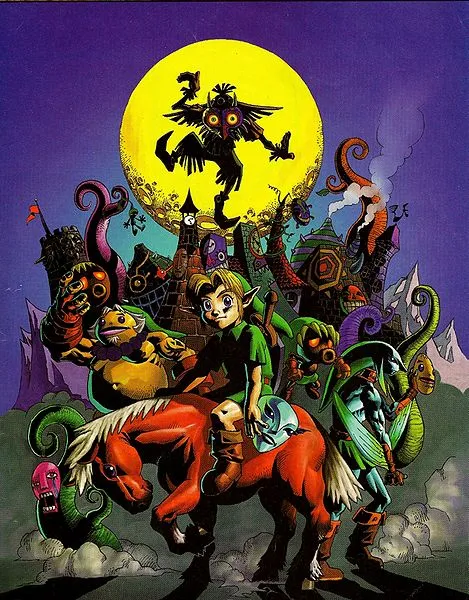
Allow me to clear something up without a shadow of a doubt: Majora’s Mask is as much of a horror game as Doom 2016 is – that is to say, it isn’t. It has elements that make you feel dread; the looming moon, Skull Kid, or the Mask itself, and it has elements that are meant to make you feel helpless, like how Romani will be taken away by aliens if you don’t take action. These are what are called horror elements. However, there is one big thing that it gives the player to keep it from being a horror game: power.
Despite everything that Majora’s Mask makes you feel, it gives you the power to combat those feelings in many ways, primarily with the fact that you’re able to go back in time to the beginning after playing a quick song. That gives you the ability to go back and change the events of the game, preventing many of the events from happening at all and effectively changing the timeline, with the only consequence being that you have to restart the three days over again. You can deposit all of your rupees, you can keep all your items and you come back being smarter and stronger than you were before. There’s a sense of you conquering the evil and saving the day which urges you onward despite the desperation in your heart from witnessing the world’s end. Regardless of the crushing despair and anxiety that you may feel in Majora’s Mask, it leaves you with a sense of closure; a sense that things are going to be alright now.
Let’s contrast this with a common horror game element: a “bad” ending, an ending that can be combated by going back to a specific save and not doing what you did to cause the bad ending in the first place. Now, from an outsider’s perspective, that may sound like exactly the same thing, right? Here’s the difference: the only event in the game that you change is the ending. Many of the other events that lead up to that ending will still happen in the same way.
To use a game as an example, let’s talk about Corpse Party; that particular title has a basket full of bad endings. While you can go back and prevent the bad ending, you can’t go back and prevent the deaths that occur over the course of the story. There are all these ghosts and corpses around that you can’t do a single thing about all while you’re wandering about this abandoned school, wondering if the character you’re controlling will suffer the same fate. There’s no way of preventing it, no way of going back in time and fixing the fact that they died because of your character’s actions within the realm of the story rather than the unscripted bad endings for poor performances. The characters themselves actually try to go back in time and fix what they’ve done, yet they make everything ten thousand times worse, resulting in even more suffering for our main cast.
That’s the biggest difference between horror games and games with horror elements: the pain, the suffering, the anxiety and the emptiness can’t be filled with just a game over screen. By the end of a horror game, you’re not meant to feel as though everything can be okay once more. You’re meant to feel that everything has changed and that these characters are never going to be the same again. This suffering you’ve gone through with them isn’t over, not by a long shot, and now there’s a body count in addition to all of this – one that you couldn’t prevent even if you tried.
Even if the ending is a lighter one within the genre, such as in Silent Hill with you holding baby Cheryl with Cybil the police officer, there’s still that sense of “I just witnessed a crazy cult that was responsible for all sorts of horrors summon a demon lord after burning a child alive” in the back of your mind that no awkward CGI smiling at each other can wipe from your head.
When looking at a game, before you decide to view it as a horror game, I want you to take a moment to figure out just how it makes you feel. If it makes you feel helpless, then that’s a good start, but there’s a lot more to it than that. When you’re able to ruthlessly tear down the monsters that plague you as if they’re tissue paper, then you might have found a game with horror elements, but not a horror game.
Finding the latter means that you’ll be exposed to concepts like the inevitability of your own demise, or be confronted with your insignificance in fates’ design, or be faced with machinations of the void, or perhaps even the depths of your own psyche. This is what makes a horror game, it’s not just about fear, it’s about transporting someone to a place where they’re confronted with something that they wouldn’t want to face and then not allowing them to look away, not even for a second.

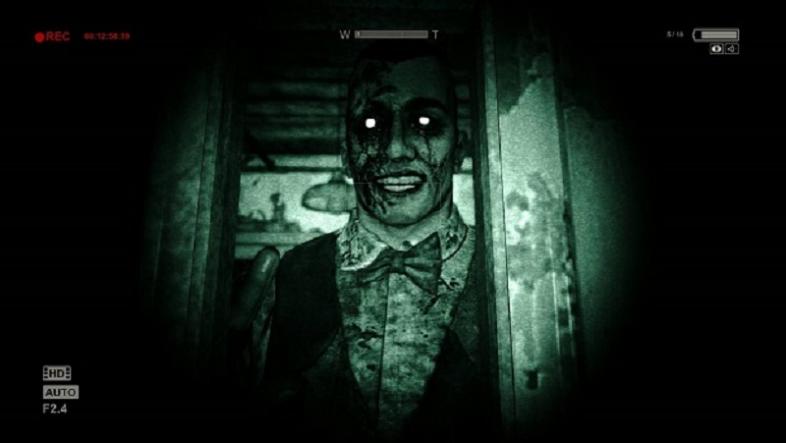
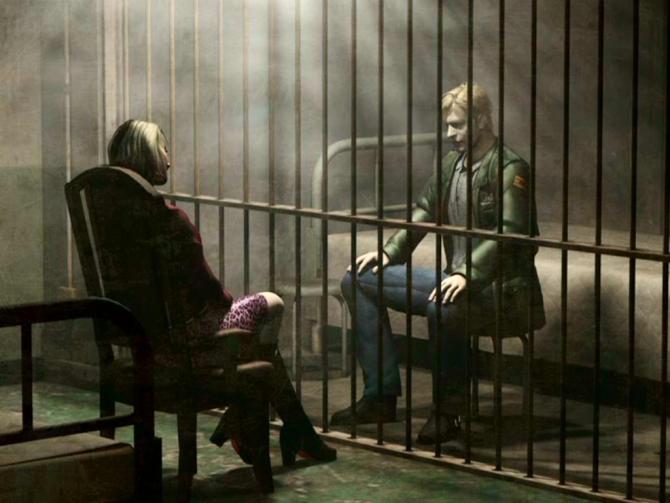
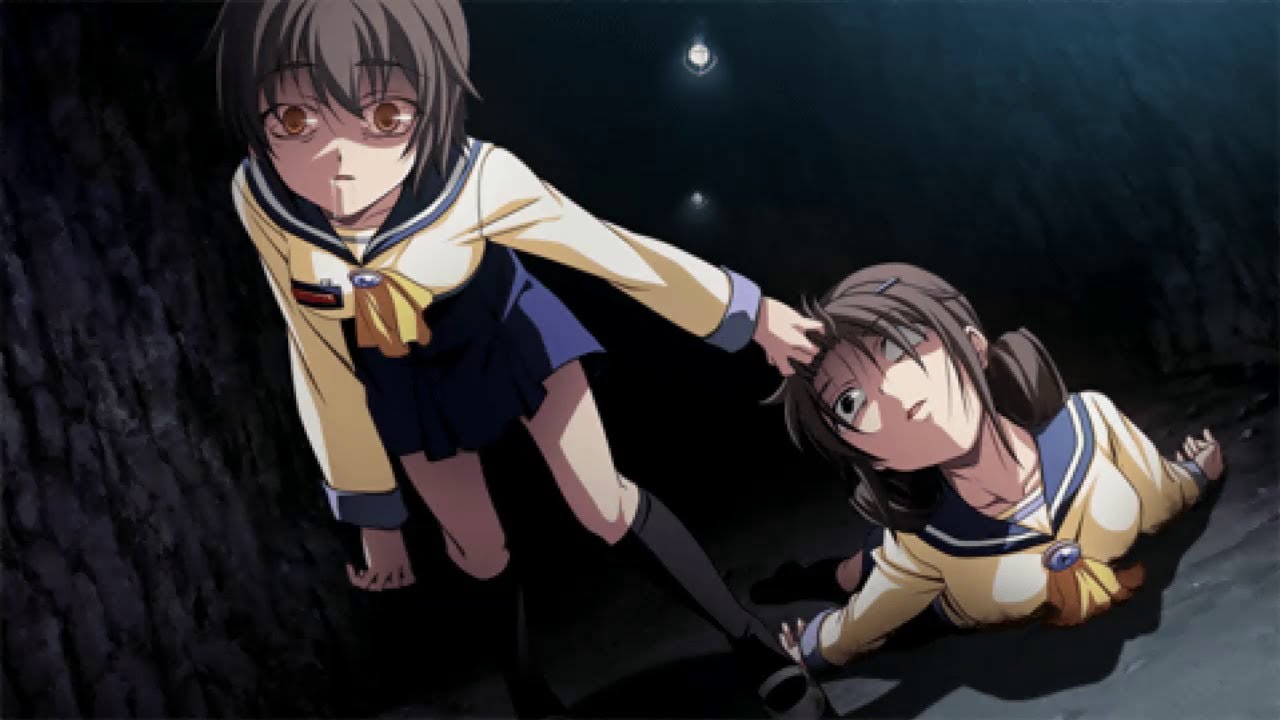
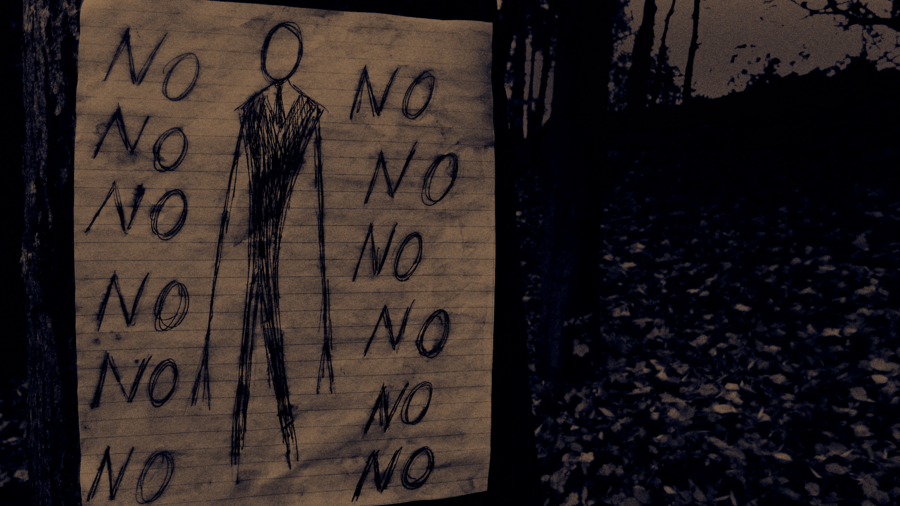





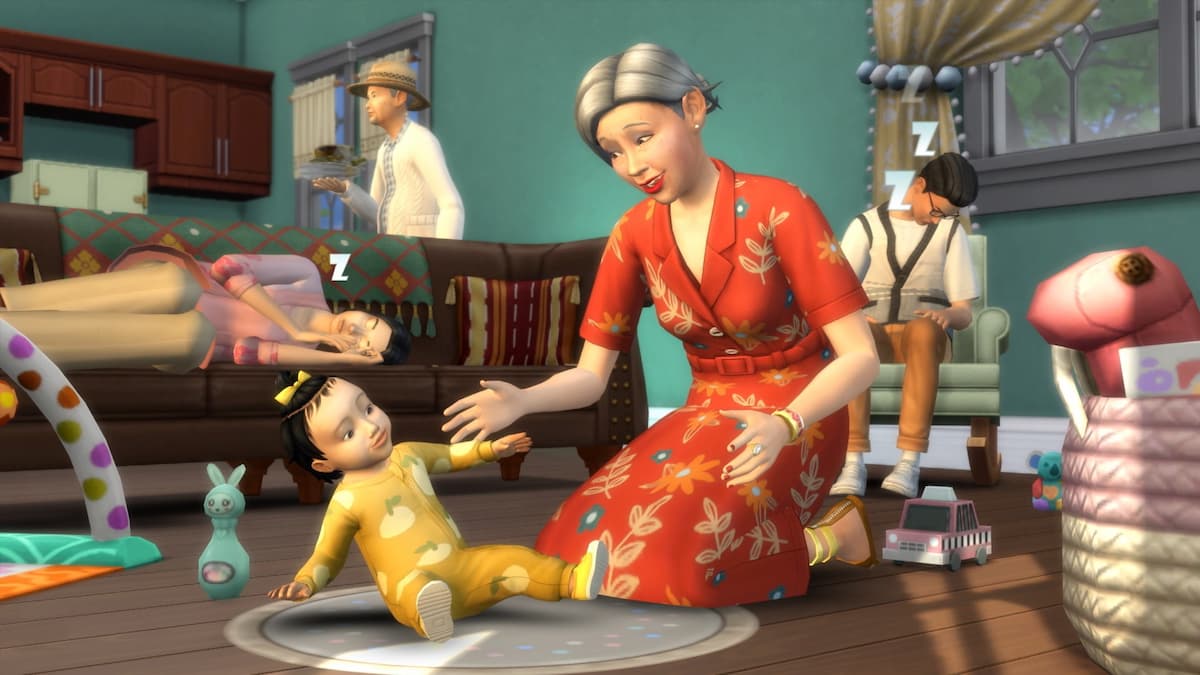
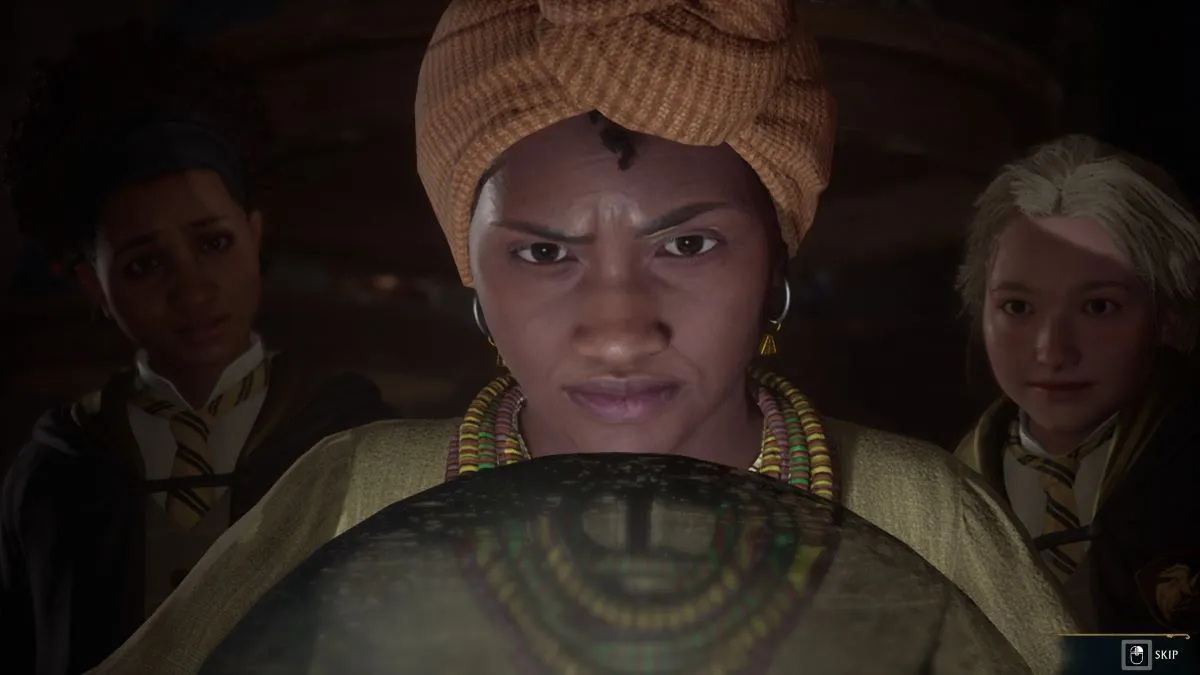
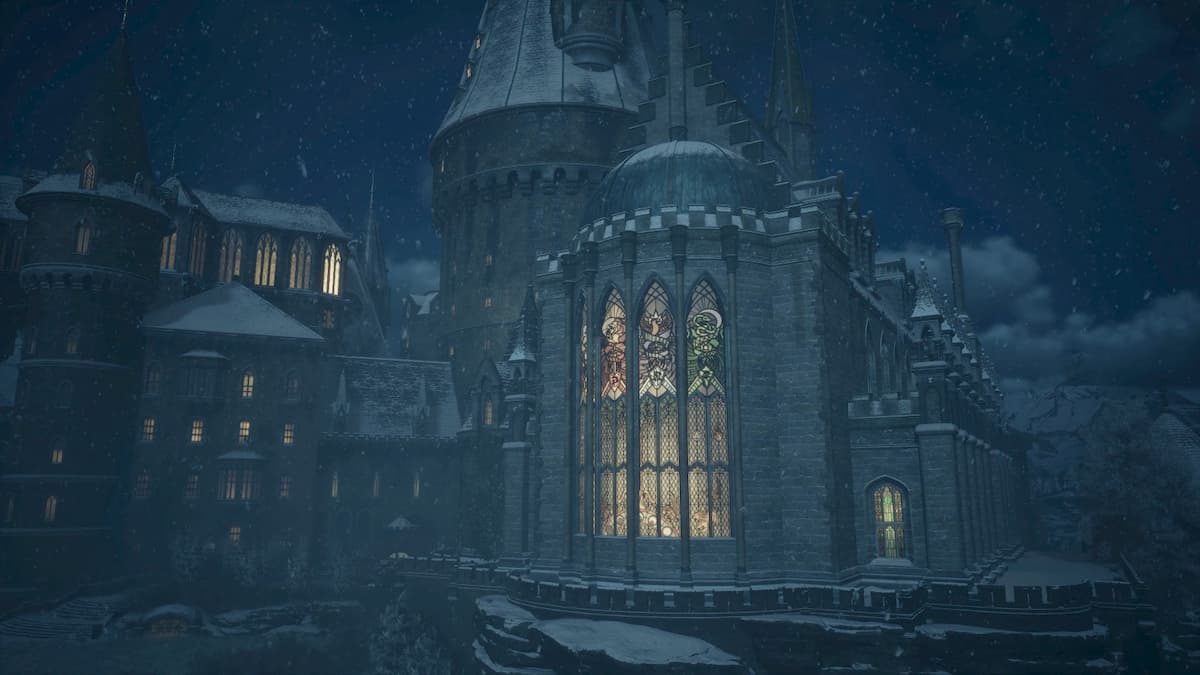
Published: Mar 15, 2017 10:42 am